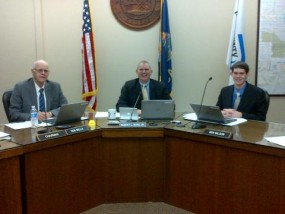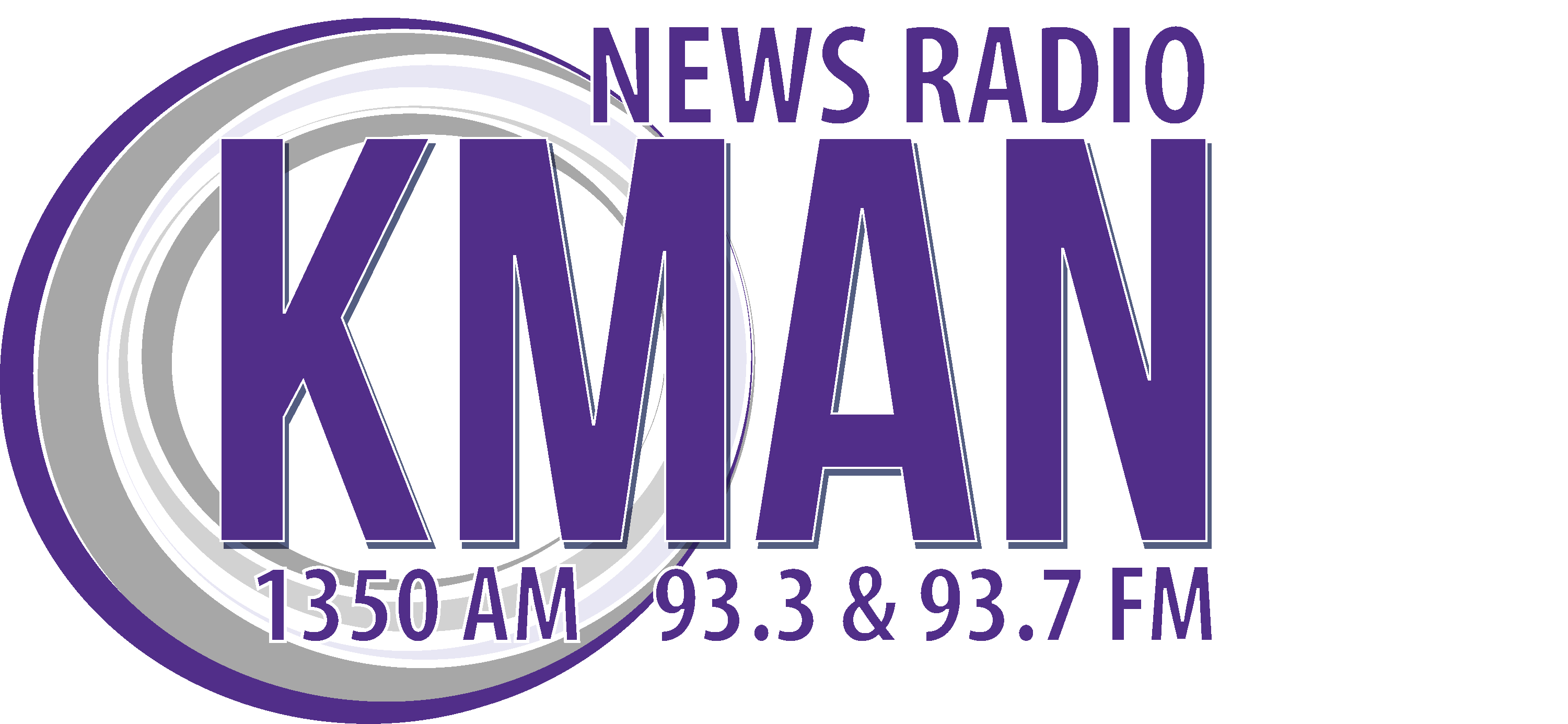
National Recovery Month was proclaimed Monday morning for the month of September by Riley County Commission chairman Ron Wells.
Wells presented the proclamation with Pawnee Mental Health Services Director Robbin Cole and said mental health is something everyone needs to be aware of.
“The importance of (National Recovery Month) is evident with some of the problems we’ve had in the nation,” Wells said. “Nationally and state wide we’re cutting back on funding for mental health, so we recognize here in Riley County that mental health recovery and awareness is very important.”
“People can get into treatment and actually recover from those types of ailments.”
Wells recalled a recent joint meeting with the Riley County Commission, Pottawatomie County Commission and representatives from the City of Manhattan where local leaders discussed ways to improve mental healthcare access in the region.
“We’re looking at a number of counties coming together and trying to increase the funding and awareness of mental health, because it’s a national issue that we’re trying to treat in jails and it’s just not working,” he said.
In other items, county treasurer Shilo Heger informed commissioners about a new system in her office that she hopes will reduce lines and make business go a little smoother.
Starting Tuesday, her office will begin using the QLess queuing system, which will give citizens a number of ways to get themselves into line to receive services in the office.
“Basically the way the system is going to work is that now when you go into do driver’s license work, pay your taxes or whatever, you can text in ahead of time,” Commissioner Ben Wilson said.
To avoid lines Heger said citizens can text “Riley Co Treasurer” to 785-914-5164. Further information can be found online at www.rileycountyks.gov/QLess.
Finally, Riley County Emergency Management Director Pat Collins updated commissioners on its aging radio system and plans to replace it.
He said early estimates of a new system could cost as much as $12 million.
Collins added that the current system has shown its age and that fixes to it over the years have been band-aids covering up bigger problems.
Collins said one of the most concerning issues with the current system involve its coverage for police and emergency personnel inside buildings.
“We’re trying to get a system in where we get somewhere around 95 percent coverage in building, anywhere within two miles of the county,” he said. “In order to do that, that means we need a better radio system.”
Right now, Collins said the coverage is often less than 50 percent inside buildings and that in some rural areas of the county there are complete dead spots.
“We have rural areas that we used to be able to talk to and we can’t out of right now,” he said. “Those are the problems. When you have a police officer or a firefighter or an EMT who gets in the field and they can’t talk back to anybody, it puts them in danger and we need to reduce that.”

